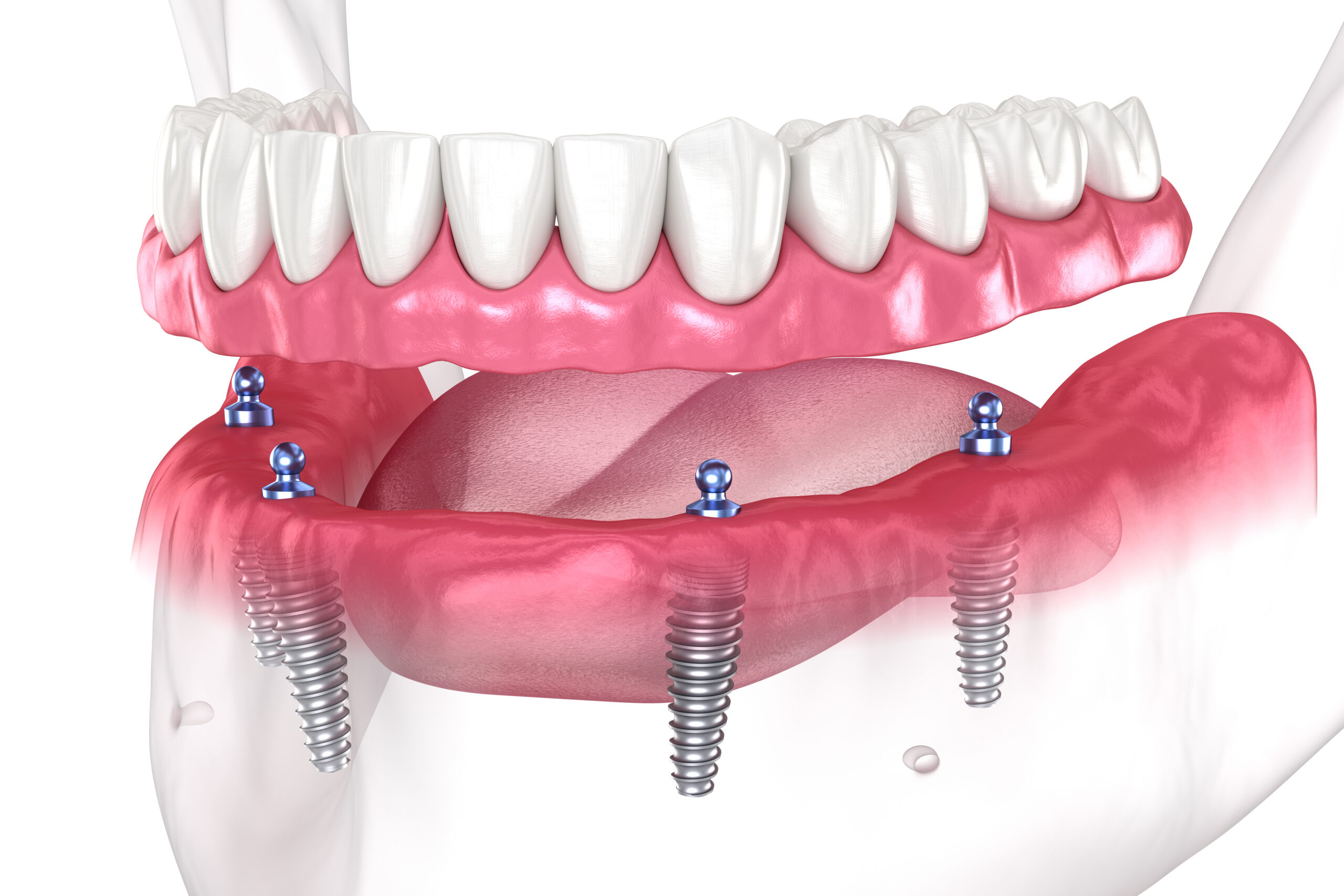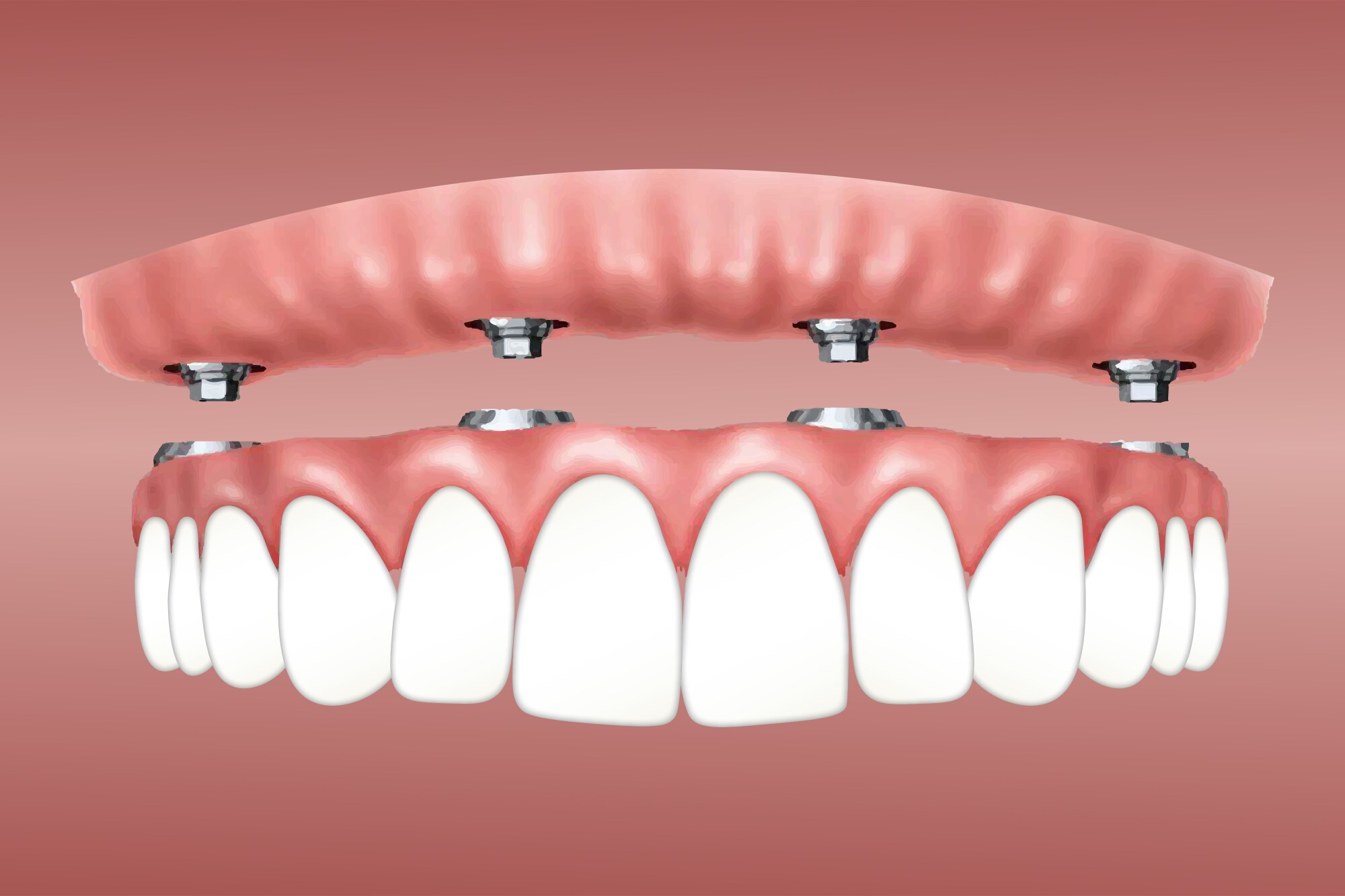Not known Factual Statements About Dental Sense
Not known Factual Statements About Dental Sense
Blog Article
Get This Report about Dental Sense
Table of ContentsGetting My Dental Sense To WorkThe Definitive Guide for Dental SenseSome Known Factual Statements About Dental Sense Not known Details About Dental Sense
are medical devices operatively dental implanted into the jaw to bring back an individual's ability to chew or their look. They give support for man-made (phony) teeth, such as crowns, bridges, or dentures. When a tooth is shed because of injury or condition, a person can experience difficulties such as fast bone loss, faulty speech, or modifications to chewing patterns that lead to pain.Dental dental implant systems include an oral implant body and dental implant joint and may likewise consist of a joint fixation screw. Front tooth filling. The oral implant body is surgically inserted in the jawbone instead of the tooth's origin. The dental implant abutment is normally connected to the implant body by the joint addiction screw and expands through gums right into the mouth to sustain the attached man-made teeth
(https://pastebin.com/u/dentalsense1)Structure of The Dental Implant System choosing dental implants, speak to your dental copyright concerning the potential advantages and risks, and whether you are a prospect for the treatment. Points to consider: Your overall wellness is an essential variable in establishing whether you are a great prospect for dental implants, the length of time it will require to heal, and just how long the implant might remain in area.
Smoking may affect the healing procedure and lower the long-term success of the implant. The healing procedure for the implant body might take several months or longer, throughout which time you usually have a momentary joint instead of the tooth. the oral implant treatment: Carefully comply with the dental health guidelines given to you by your dental service provider.
Dental Sense Fundamentals Explained
Implant failing can lead to the need for one more operation to take care of or replace the dental implant system. Restores the ability to chew Restores aesthetic appearance Helps keep the jawbone from reducing as a result of bone loss Protects the health and wellness of the surrounding bone and periodontals Helps keep adjacent (neighboring) teeth steady Improves lifestyle Damage to bordering natural teeth during dental implant placement Injury to the surrounding cells throughout surgical treatment, such as sinus opening Injury during surgery (for instance, crack of surrounding jawbone) Insufficient feature, such as feeling like the teeth do not attack with each other usually A feeling that the tooth is loosened or turning in place arising from a joint screw loosening up Implant body failing (looseness of the implant body) due to systemic infection, which might be more probable in patients with unrestrained diabetics issues due to local infection in bone and gum tissues sustaining the implant body due to postponed recovery, which might be much more most likely in patients that smoke Difficulty cleansing the gums around the dental implant, leading to poor oral hygiene Without treatment gum illness Post-surgical tingling as a result of nerve impingement or damages Constantly inform health care companies and imaging professionals that you have oral implants before any kind of magnetic resonance imaging (MRI) or x-ray procedures.
FDA is not knowledgeable about any kind of negative events reported for MRI or x-ray procedures with oral implants. Oral implants systems are generally made from products that comply with international consensus criteria of the International Organization for Standardization (ISO) or ASTM International. These standards have details of what makes a secure product.

A dental implant is a framework that replaces a missing out on tooth. With screw-like tools, the cosmetic surgeon inserts an implant into the jawbone, and it works as a support for an artificial tooth, called a crown. A tool called an abutment connects the man-made tooth to the dental implant. The crown is personalized to fit the person's mouth and match the color of their teeth.
Not known Details About Dental Sense
Some people are not qualified for dental implant surgical procedure. It is for oral doctors to operate individuals with: severe illnessuncontrollable metabolic diseasebone or soft tissue illness or infectionIf these concerns are settled, an individual can Front tooth filling have the surgical procedure. In, oral surgeons avoid operating on individuals with: If individuals with any one of the above undertake dental implant surgical treatment, there is a higher threat of the implant stopping working.

Dental implant surgical procedure is an individualized procedure. Give you time to recover. Connect the message and final crown, bridge or denture.
Next off, your doctor will carefully position the oral implant into your jaw. Your cosmetic surgeon will rearrange your gum tissues and shut the cut with stitches. If your implant is near the front of your mouth, your dentist will certainly make a short-lived tooth for you to put on up until you recover. This way, you won't have a space in your smile while you recover.
Dental Sense Things To Know Before You Get This
Your company can inform you what to anticipate in your situation. Throughout the healing stage, your jawbone should fuse to the oral implant. This process, called osseointegration, is crucial for security and lasting success. This process can take anywhere from three to 9 months. In many cases, it might take much longer.
As soon as your implant heals, your dentist can attach the abutment (small connector post) and your last restoration (crown, bridge or denture). This normally takes regarding one hour to complete and might need a 2nd minor surgical treatment. You should not really feel any pain during your oral implant procedure because your company will use medicine to numb your gums.
Report this page